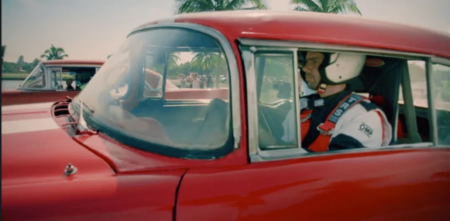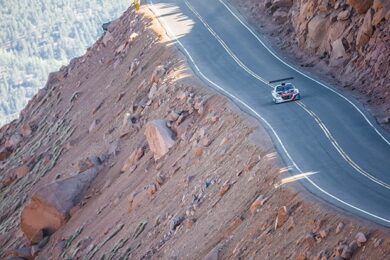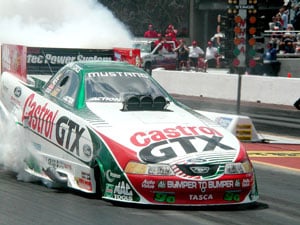
Motor Sport's top images of 2017: part 1
Motor Sport staff photographer Lyndon McNeil picks a gallery of his own top 15 images of 2017 Motor Sport's top images of 2017: part 2 Related: Gallery: JPS BMW 635
Drifting is about to get serious – and caution may be needed in a very different sense

The art of oversteer is very apparent in historic racing, but it’s something we tend to celebrate across all forms of motor sport.
From that famous shot of Pedro Rodríguez power-sliding his Gulf 917 out of Druids and Gilles Villeneuve bullying his Ferrari to Marc Márquez lighting up the rear tyre of his Honda MotoGP ‘bike, it’s those moments where drivers and riders exceed the limits of their machines – but not their own talent – that capture our imaginations.
So it was with interest I read the news that the FIA is about to sanction a drift event: the Intercontinental Drifting Cup (Sept 30-Oct 1) in Tokyo later this year. No, drifting isn’t a staple of Motor Sport, but when the FIA gets involved you have to take notice.
To be honest I’m not sure what I make of this unlikely union. Having originated on the mountain roads of Japan, drifting has always been part of the automotive sub-culture, even though many years have passed since the best illegal street drifters gained respectability and acceptance by forming the D1 Drift Series.
For a long time it remained a Japanese phenomenon, but once it spread to the US it rapidly went global. Big sponsors brought bigger budgets, the cars got crazier and the best drivers are now superstars. Deservedly so, if you’ve ever seen them in action.
The key difference with drifting is it’s a subjective competition – one where judges shun the stop watch and instead award points for speed, style and controlled aggression. Does this make it a sport? Not in the accepted sense, but the skill and showmanship is unquestionably off the scale.
The cars are as impressive and characterful as the drivers. Naturally there are lots of Japanese machines, but many of these have had engine swaps, with big American V8s the popular but by no means only choice. My favourites are Ryan Tuerck’s Ferrari-engined Toyota ‘GT4586’ and ‘Mad’ Mike Whiddett’s screaming rotary-powered MX-5.
What puzzles me about this odd coupling between drifting and the FIA is how the two can possibly be compatible. On one side a group of mavericks who live to teeter just on the edge of control in wild, extrovert and often home-built machines. On the other a governing body that exists to apply stringent rules and regulations, police driving standards and promote global road safety. If my local roundabouts are anything to go by drifting’s influence and appeal remains rooted in its illicit, underground past. The evidence is tattoo’d on the tarmac.
I get why the FIA’s stamp of approval is the ultimate Establishment endorsement. It will also make the very highest levels of drifting even more lucrative for promoters and competitors alike, especially if it leads to a full world championship.
Whatever you think of drifting as a branch of motor sport (I’ll confess it’s one of my guilty pleasures) it would be a shame to see such a pure, individual and uncomplicated spectacle tamed or toned down in order to make it conform.

Motor Sport staff photographer Lyndon McNeil picks a gallery of his own top 15 images of 2017 Motor Sport's top images of 2017: part 2 Related: Gallery: JPS BMW 635

TV car shows have a type: buy a shed and call it a barn find, find out it’s worse than it looked on the outside, fix it up, and do…

“Whatever you do,” Bobby Rahal warned me, “do not immediately try to play the big hero, by which I mean don’t go and stand right behind the cars when they…

This is to salute John Force, who made what is surely this year’s greatest motor racing comeback. Force has been the king of NHRA Funny Car racing for 20 years…